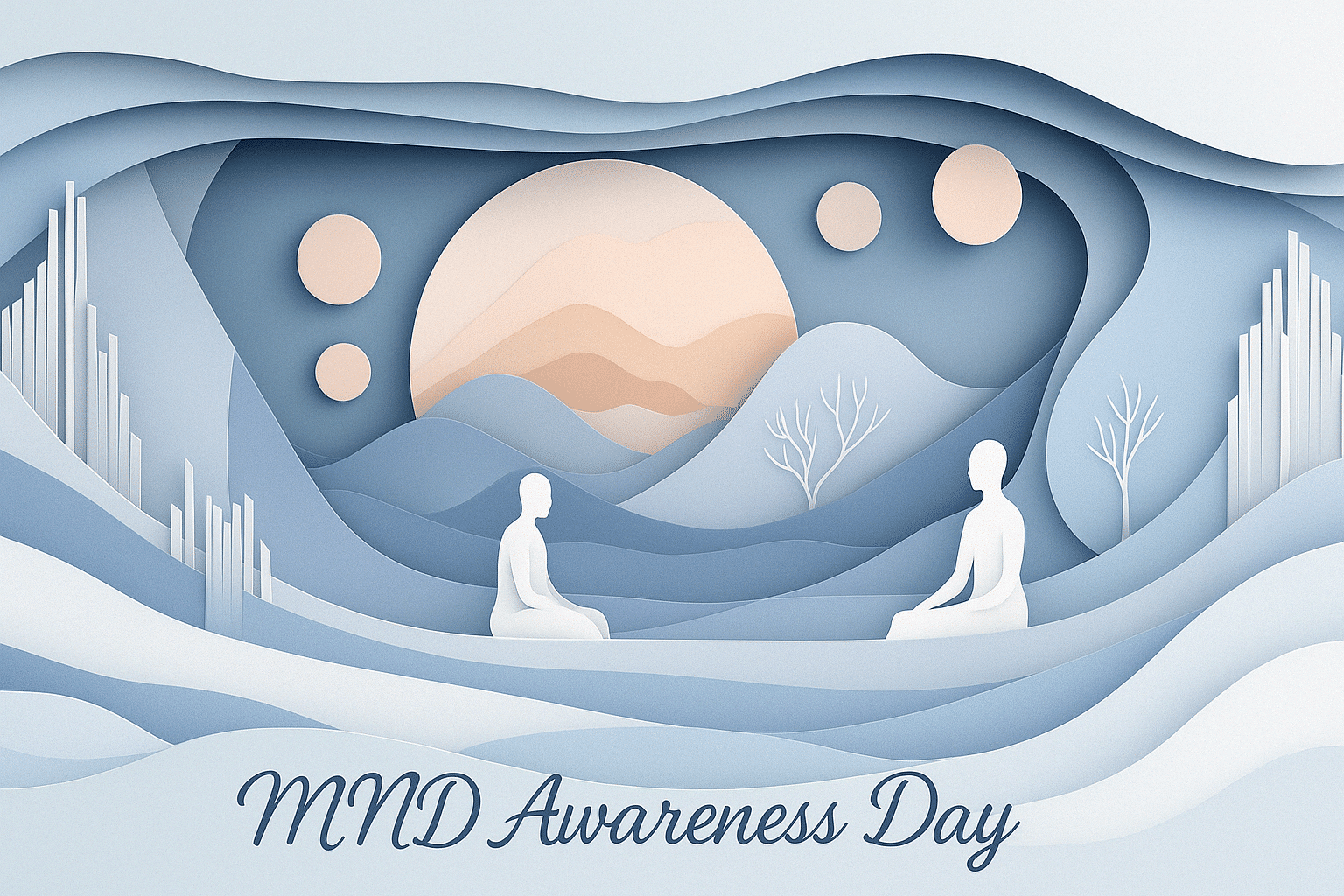What is Global MND Awareness Day?
Global MND Awareness Day is held every year on June 21 and is observed worldwide. The day draws attention to Motor Neurone Disease, also known as Amyotrophic Lateral Sclerosis. MND is a progressive neurological disorder that affects the nerve cells responsible for controlling voluntary muscles.
The date was chosen because it is the longest day of the year in the northern hemisphere. This symbolises the long struggle faced by people living with MND and the people who care for them.
History and Origin
Global MND Awareness Day was established by the International Alliance of ALS/MND Associations. It aims to honour the individuals affected by MND, to support caregivers and to raise funds for research. The day is an important moment to unify people across the world in action and recognition.
The use of the summer solstice is symbolic. It represents endurance and hope. Since its introduction, the day has been marked by landmark lightings, storytelling campaigns and advocacy events. These help to create visibility and encourage investment in solutions for MND.
Who participates in Global MND Awareness Day?
- Health professionals: Offer care, advice and information for those affected by MND.
- Researchers: Share findings and collaborate internationally on treatment development.
- Families and caregivers: Highlight lived experiences and provide support to others.
- Advocacy groups: Organise events and lobby for improvements in policy and healthcare.
- Public supporters: Join events, donate or share messages online to raise awareness.
Slogans and Themes
Global MND Awareness Day is built around themes of visibility, dignity and progress. Slogans such as “Every day is the longest day” and “United to end MND” are often used. The message is one of support, education and the push for medical breakthroughs that could offer better quality of life and hope.
Colors, Symbols and Patterns
Colors
- Blue: Used to express strength, calm and unity in the face of illness.
- White: Symbol of hope and the pursuit of a cure.
Symbols
- Cornflower: Widely recognised as the global emblem of MND awareness.
- Butterfly: Represents fragility, transformation and change.
Patterns
- Lighting displays: Buildings and landmarks lit in blue to mark the occasion.
- Awareness ribbons: Worn or shared online to show support and remembrance.
- Digital motifs: Stylised neurons or movement lines often used in posters or campaigns.
Most used hashtags
- #GlobalMNDAwarenessDay
- #EndMND
- #SupportMNDCarers
- #EveryDayCounts
- #HopeForMND
How do you celebrate Global MND Awareness Day?
- Attend local events: Join walks, ceremonies or community awareness programmes.
- Light up in blue: Help illuminate a building or monument to mark the day.
- Share your voice: Post messages or videos to raise awareness about MND.
- Support research: Make a donation to a foundation working toward treatments or cures.
- Contact decision makers: Advocate for better care systems and legal protection.
Why is Global MND Awareness Day important?
Global MND Awareness Day is important because it gives a voice to those affected by a serious and often misunderstood disease. It allows patients and families to be seen and heard, and helps to break down stigma. The day also draws international attention to the urgent need for medical progress, investment and education.
Beyond its medical message, the day also builds human connection. Whether through shared experiences or public events, it brings people together in compassion and action. It is a reminder that no one should face MND alone, and that collective effort can lead to better care, stronger communities and lasting change.
Features
June 21: MND Awareness Day
Why do you keep falling for the same type?
Read the article Lovemaps: the hidden blueprint of our love.

